How many stars can you see on a clear night?
At any given time on a clear night in a dark place with no obstructions on the horizon, 2,500 stars are visible to the naked eye.

At any given time on a clear night in a dark place with no obstructions on the horizon, 2,500 stars are visible to the naked eye.

Smiling is easier on the face than frowning. It takes 17 muscles to smile and 43 to frown.
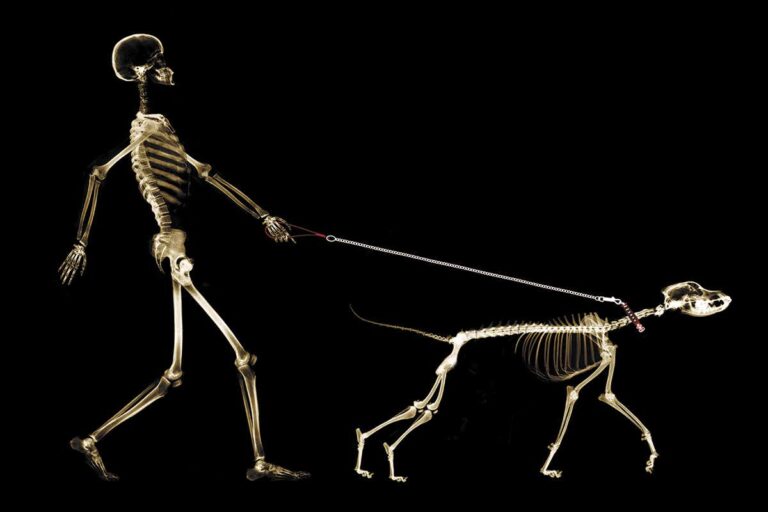
Strong and light, the skeleton of the average person accounts for less than 20 percent of body weight.

Yes, if you heat them to somewhere between 1,400 to 1,607 degrees Fahrenheit, diamonds will burn. A blowtorch will do the trick. Diamonds are composed of pure carbon and will convert into graphite under such temperatures.

About 100,000 hairs are on a human head. Human hairs grow about 0.01 inch every day.

The first to approximate the speed of light roughly was French physicist Armand Fizeau (1819-1896). In 1849 Fizeau obtained a value for the speed of light that was about 5 percent too high. Fizeau’s contemporary Jean Foucault (1819-1868) obtained the first accurate measurement (within 1 percent of the correct speed) in 1862.

According to 1980 figures, the average worker’s one-way trip covered 9.2 miles and took 20.4 minutes. By far the favorite mode of transportation for workers was the private vehicle (car, motorcycle, or truck), accounting for 84.3 percent. Those who took public transportation comprised 6.3 percent, and 5.5 percent walked. The remainder used other means or…

Chinese astronomers made the first recorded observation of Halley’s comet in 240 B.C. In 1705, English astronomer Edmund Halley was the first to theorize that comets travel in regular orbits around the sun. Proposing that “the great comet” observed in 1682 made periodic visits about every 76 years, he predicted that it would return in…

There are about 6,000 to 10,000 species of “true” grasses, members of the family Poaceae. They are the most widespread and numerous of all the flowering plants.

The largest plant in the world is said to be the General Sherman Tree, a giant sequoia in Sequoia National Park, California. The tree is about 272 feet tall and more than 100 feet in circumference. It is about 3,500 years old.

For drinking, washing, etc., an average American uses 168 gallons of water per day. The average American residence uses 107,000 gallons of water per year.

The apple of one’s eye is the pupil, which was likened to an apple because, in the ninth century, it was believed to be a solid round mass.

Far from it. With an average wind speed of 10.4 miles per hour, Chicago ranks 16th in the list of windy American cities. Here are the top five, with average wind speeds (in miles per hour): 1. Great Falls, Montana. 13.1 2. Oklahoma City, Oklahoma. 13 3. Boston, Massachusetts. 12.9 4. Cheyenne, Wyoming. 12.8 5….

The earth moves at 66,641 miles per hour around the sun.

Close encounters of first kind is the sighting of UFOs. Close encounters of the second kind is the finding of physical evidence of UFOs. A close encounter of the third kind is actual physical contact with UFOs.

Contrary to dormitory fears, it does not inhibit sexual desire. Instead, saltpeter, or potassium nitrate (KNO3), is a diuretic. Another form of saltpeter is Chile saltpeter, or impure sodium nitrate (NaNO3). Lime, or Norwegian saltpeter, is calcium nitrate. It is used to make explosives.

No, long-term constipation does not cause poisoning. There are several cases on record in which fecal material has been stored in the bowels for over a year without causing any ill effects. Aside from the discomfort of carrying around an extra 60 to 100 pounds of weight.

American physicist Murray Gell-Mann (b. 1929) named the quark in 1964. He took the name from James Joyce’s Finnegans Wake. A quark, a subatomic particle with a fractional electric charge, is believed by physicists to be the fundamental unit of matter.

Neutrinos are objects produced by the decay of certain subatomic particles. They have energy but little or no mass, and they travel almost at the speed of light.

The Greek word heureka, meaning “I have found it,” was made famous by Archimedes, a Sicilian philosopher (c. 287-212 B.C.). Archimedes was given the task of finding out whether a crown presented to the ruler of Syracuse was really pure gold or alloyed with an inferior metal. The philosopher was baffled until he stepped into…

The highest was 136.4 degrees Fahrenheit at El Azizia, Libya, on September 13, 1922. The lowest was –129 degrees Fahrenheit at Vostok, Antarctica, on July 21, 1983.

In descending order, the top five are: 1. New Jersey. 96 2. New York. 63 3. Pennsylvania. 61 4. Michigan. 58 5. California. 48

The light from a firefly comes from an area on the sides of its stomach. Fatty tissue located there contains air tubes and nerves that when stimulated give off oxygen. The oxygen combines with a pigment in the fat called luciferin, producing the familiar heatless light.
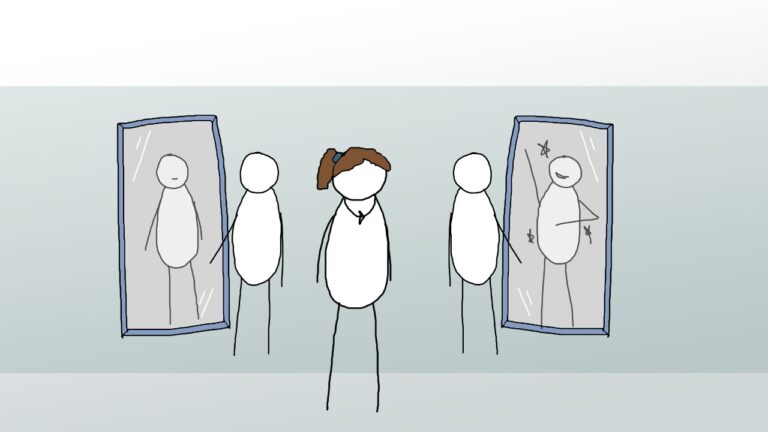
Sigmund Freud’s original term for the unconscious mind was not id but es, the indefinite pronoun it in German. Freud borrowed that term from a physician, Georg Groddick, who in turn had borrowed it from his teacher Ernst Schweninger. As Freud’s ideas became popular in English-speaking countries, translators felt that simply calling the unconscious it…

A common ingredient in many laundry detergents, optical bleaches (“fabric brighteners”) act by reflecting blue light. The blue light combines with the yellow discoloration in a fabric to produce white light that makes the fabric seem brighter.

The term plasma to a physician means the fluid part of blood, lymph, or milk as distinct from suspended matter. The term plasma to a physicist means a collection of negatively charged electrons and positively charged ions, existing in about equal numbers in a neutral state; plasma is considered a fourth state of matter, distinct…

German physicist Gabriel Daniel Fahrenheit (1686-1736) took the temperature of an equal ice-salt mixture as the zero for his scale.

Dinosaurs lived during the Mesozoic era, 225 million to 65 million years ago. By the end of that era, all Archosauria (or “ruling reptiles”), except crocodiles, had died.

According to the Report of the Postmaster General, 106,311,062,000 pieces of mail traveled through the system in 1980. On a given day, therefore, approximately 291,263,000 items passed through the country’s post offices. What’s more, this prodigious amount of mail traveled through many fewer post offices than at the turn of the century. In 1900, there…

At the Pacific Ocean’s greatest depth-36,198 feet (in the Marianas trench southwest of Guam), the pressure is 16,124 pounds per square inch, more than 1,000 times the atmospheric pressure at sea level (14.7 pounds per square inch).

Goose bumps are a vestige from the days when humans were covered with hair. When it got cold, the hairs stood on end, creating a trap for air and providing insulation. The hairs have long since disappeared, but in the places where they used to be, the skin still bristles, trying to get warm.

Yes folks, American women still earn less money than American men. In 1988, the median weekly earnings of full-time female workers in all occupations were 70.2 percent of male workers’ earnings.

Your mother was right. You lose about half to three-fourths of heat from your head.

According to 1980 figures, August registered 9.2 percent of the year’s births. The second most popular month was October, with 9 percent of the year’s births.
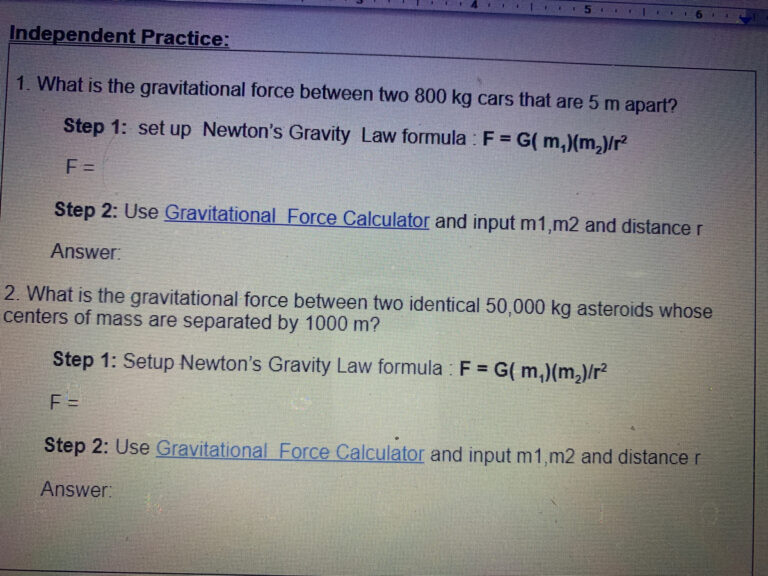
Actually called Newton’s law of gravitation, it describes the degree to which one body of matter attracts another. That attraction is in direct proportion to the product of the bodies’ masses, and in inverse proportion to the square of the distance between them. This law can be expressed in a formula first set forth in…

A knockout punch causes a chain reaction in the victim’s circulatory system. The supply of blood pools in the abdomen, reducing circulation to the brain, and resulting in loss of consciousness.

On September 16, 1921, a baby boy in Shoreditch, East London, England, was reported to have been born with 14 fingers and 15 toes.

Census estimates for 1986 revealed that 6,779,000 of a total 88,458,000 households, or 7.66 percent, received food stamps during the year.

Plastics are only one kind of polymer, a substance composed of very large chain-like molecules that consist of smaller, repeating chemical units. Natural polymers include proteins, cellulose, diamonds, and quartz. Besides plastics, man-made ones include concrete, glass, and paper.

A human embryo has its first heartbeat at the age of three weeks, when the heart of the embryo looks like a tube. As it begins to beat, it starts the blood circulating through the few blood vessels that have formed around it.
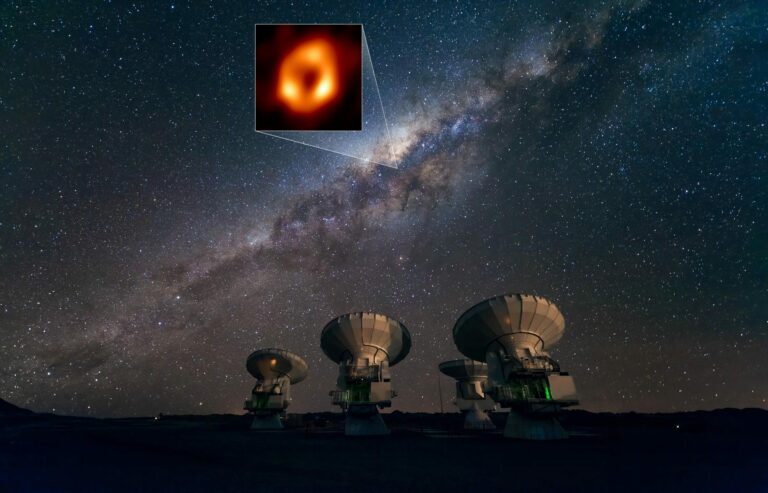
Twentieth-century American physicist John Archibald Wheeler (b. 1911) coined the term black hole to describe a collapsed star whose gravitational field is so intense that not even light can escape from it.

According to a Gallup poll, washing the dishes far outweighs its closest competitors, cleaning the bathroom and ironing. Seventeen percent of those questioned listed doing the dishes first; only 8.8 percent named cleaning the bathroom and 8.5 percent named ironing, with 9.8 percent saying they didn’t know what they didn’t like.

The Consumer Product Safety Commission reports that the five most dangerous sources are: stairs, glass doors, cutlery, glass bottles and jars, and home power tools.

The colors red, orange, yellow, green, blue, indigo, violet make up a rainbow.

The first leap year was 46 B.C. It was then that the Julian calendar of 365.25 days was adopted. The calendar required that an extra day be added every fourth year.

Assuming that the heart beats at least once a second, by the time a person is 70, his or her heart will have beat at least 2.8 billion times.
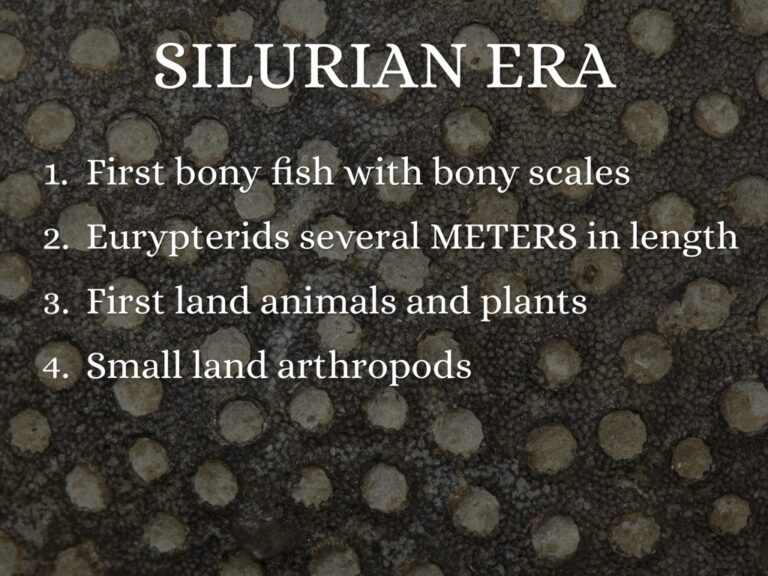
The earliest era of geologic time is the Precambrian age. It began when the earth’s crust formed, 4.6 billion years ago, and ended with the dawn of the Cambrian period, 570 million years ago. About seven-eighths of earth’s history since the formation of the crust took place during the Precambrian age.

Recent marriage rates have been fairly similar to what they were at the turn of the century. In 1900, the marriage rate was 9.3 per 1,000; in 1988, it was 9.7. The divorce rate, however, has changed drastically. In 1900, it was 0.7 per 1,000; in 1988, it was 4.8.

Cape Flattery, Washington, and a point on the Florida coast south of Miami. They are 2,835 miles apart.

As of May 1988, the Department of Defense employed the most, with 1,066,805 civilian employees. The Copyright Royalty Tribunal employed the fewest, with seven.

The highest elevation is Mount McKinley, Alaska, at 20,320 feet. The lowest is Death Valley, California, at 282 feet below sea level. The average elevation of the United States is 2,500 feet.

The explosion of a star is called a supernova and is estimated to release 10^49 ergs or 1 followed by 49 zeros. By comparison, pronouncing an average syllable releases 200 ergs, and the first atom bomb produced 1021 ergs.

Shooting stars are not stars but meteorites, particles from space entering and burning up in the earth’s atmosphere.
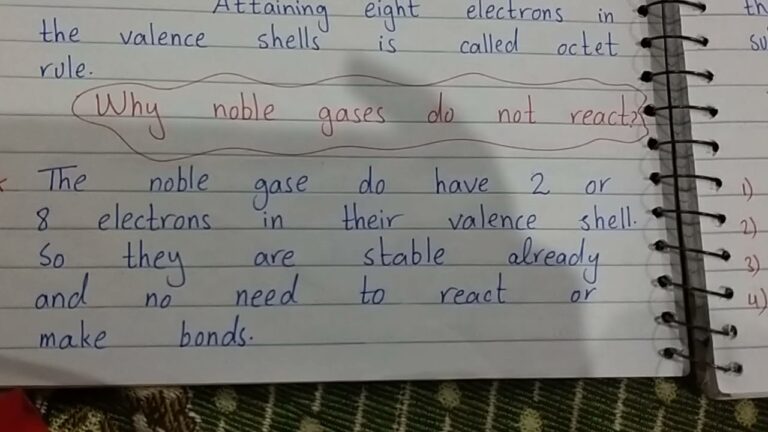
The term noble gas refers to the lack of chemical reactivity in these inert gases. For the record, there are six noble gases: helium, neon, argon, krypton, xenon, and radon.

Bird guano is the accumulated excrement and remains of birds such as cormorants, pelicans, and gannets. Guano is 11 to 16 percent nitrogen, 8 to 12 percent phosphoric acid, and 2 to 3 percent potash. The excellent fertilizer is harvested from islands off Peru, Baja California, and Africa. Bat and seal guano is also highly…

The continental shelf is an underwater ledge around the coastline of the world’s oceans. The edge of the shelf lies at depths of between 360 and 480 feet. The width may vary from a few feet to several hundred miles.

We drink about 16,000 gallons of water in a lifetime.
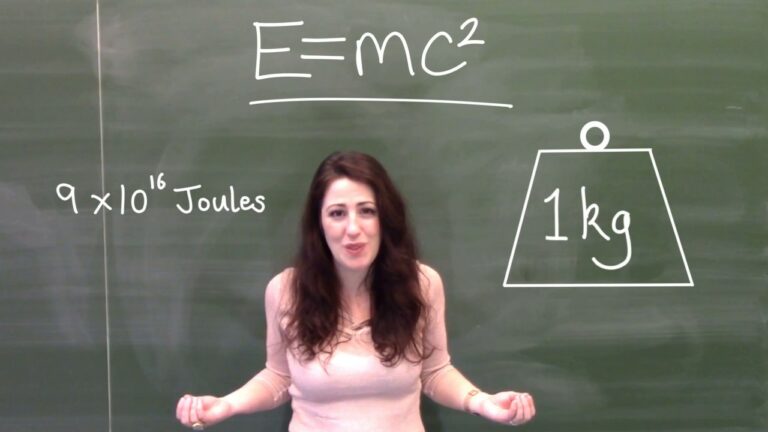
According to Albert Einstein’s law on the equivalence of mass and energy, the energy (E) of a quantity of matter is equal to the product of the quantity’s mass (m) and the square of the velocity of light (c).

Growth hormones called auxins makes houseplants turn toward the light. When light falls on one side of a plant, the auxins tend to concentrate on the shaded side, causing the cells on that side to grow longer. As a result, the plant gradually leans toward the light. This bending movement in response to an outside…

Connecticut was number one in 1987 with $20,980. At the bottom was Mississippi with $10,204. The average per-capita personal income in the United States as a whole was $15,340.

No. Identical twins do not have the same fingerprints.

Named for the patron saint of sailors, Saint Elmo’s fire is actually discharges of electricity that occur during storms. These discharges are seen as blue or bluish white lights at the tips of masts and bowsprits of ships at sea, as well as on church steeples and building spires on land.

Mercury, Mars, Venus, Jupiter, and Saturn were known from ancient times. Uranus was discovered in 1781, Neptune in 1846, and Pluto in 1930.

Newspaper columnists and others have claimed that the body’s chemical worth is between 98 cents and $5. But one doctor argues that, at the rates currently charged by large chemical distributors, the body’s worth is at least $169,834, not counting $1,200 worth of blood. The key is to market the body’s products intelligently and not…
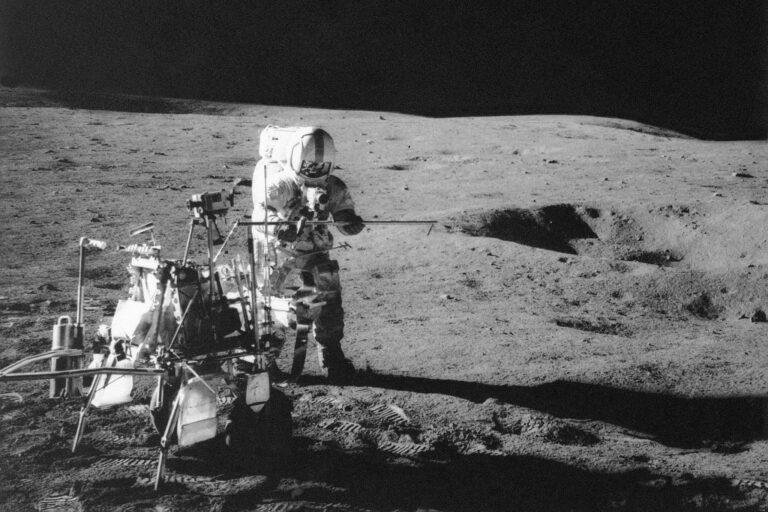
The oldest moon material brought back to earth by the Apollo program crews has been soil-dated to 4.72 billion years.

Whether the person is male or female, the number of hairs lost is the same, about 25 to 125 hairs. These are replaced by new hairs, unless the person starts balding.

Broca’s area is the part of the brain associated with motor control of speech. It is usually located in the left but sometimes in the right inferior frontal convolution. It is named after its discoverer, the nineteenth-century French surgeon Paul Broca.

The call is close. Over the course of 12 hours in Granville, North Dakota, on February 21, 1918, the temperature rose 83 degrees. It went from –33 degrees Fahrenheit in the early morning to 50 degrees near the end of the afternoon. But in Fairfield, Montana, over the course of 12 hours on December 24,…

The skin on the foot or palm of the hand wrinkles when exposed to water because it expands. The thick, hardened layers of skin swell as water is retained.

The hyoid bone resides by itself in the throat and does not connect with other bones. It supports the tongue and its muscles.

A human fetus develops fingerprints at the age of three months.

Astronomers once believed that a planet called Vulcan existed between the planet Mercury and the sun. Its existence, first proposed by French astronomer Urbain Jean Joseph Leverrier in 1845, was hypothesized to explain a discrepancy in Mercury’s orbit. Vulcan was even reported to have been observed once, but the observation was never confirmed. Einstein’s general…

The sensation, called neurapraxia, usually occurs when a nerve is compressed between a bone and another hard object. Blood continues to circulate through the affected area.

In a blind test of a new drug, the subject does not know if he or she is receiving the drug or a placebo, but the physician administering the test does know. In a double-blind test, neither the subject nor the physician knows.
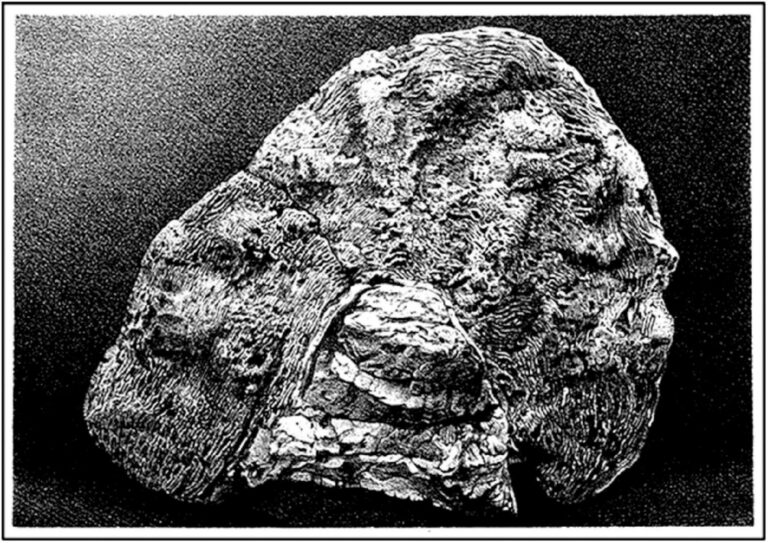
Man evolved in the Pleistocene epoch, which began about 2.5 million years ago and ended about 10,000 years ago. We now live in the Recent (or Holocene) epoch, beginning about 10,000 years ago.
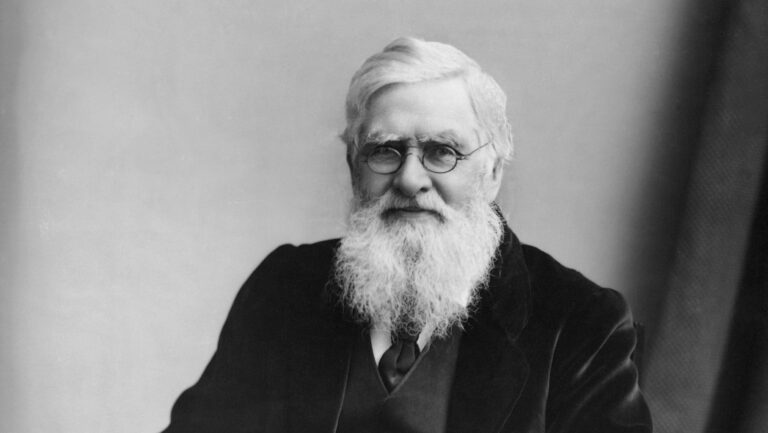
Charles Darwin did not come up with the phrase survival of the fittest. The British philosopher and scientist Herbert Spencer introduced the phrase in Principles of Biology (1864-1867) as a way of describing Darwin’s theory of natural selection.

No, typhoid fever is not the same thing as typhus. Typhus is caused by microbes called rickettsiae and is carried by fleas, mites, and ticks, which in turn are carried by rats and other rodents. Typhoid (also called typhoid fever or enteric fever) resembles typhus in its symptoms but is caused by a different microbe,…

The Adam’s apple refers to a legend that claims a piece of the forbidden fruit stuck in Adam’s throat. This part of the throat is actually a projection of the thyroid cartilage of the larynx.

In 1988, the United States was home to 49.4 million dogs and 57.8 million cats. The percentage of American households owning dogs was 37.2; the percentage owning cats was 30.
A wave breaks when the water that supports a wave is only about 1.3 times as deep as the wave is high. At that point, the water at the crest is moving faster than the water below. This condition commonly occurs in shallow water at the shore, but it may occur farther off if the…

Yes, at least since 1800. At that time, Philadelphia and Baltimore were the second and third-largest cities. Census estimates for 1986 placed Los Angeles and Chicago, respectively, in those ranks.

Fingerprints provide traction for your fingers, helping you to grasp things.

The three most popular natural attractions in the United States are: 1. The Grand Canyon (Arizona) 2. Yellowstone National Park (Wyoming) 3. Niagara Falls (New York)

A cosmic year is the length of time it takes the sun to complete one revolution around the center of the Milky Way galaxy. A cosmic year is about 225 million earth years. The sun is between 20 and 21 cosmic years old.

There are about 200 million to 300 million sperm cells are contained in an average human ejaculation. Yet sperm cells make up only 2 to 5 percent of total sperm volume. The rest is composed of fluids, known as seminal plasma, that help keep the sperm cells alive.

It was brought on by the awarding of the 1932 Nobel Prize in physics to Werner Heisenberg for his uncertainty principle. The principle states that you cannot accurately know both the position and momentum of an atomic particle at the same time. Einstein believed that the principle made a mockery of cause and effect.

Both stalagmites and a stalactites are elongated deposits of minerals at points where slowly dripping water enters a void. Stalagmites build from the bottom of such a cavity; stalactites hang from the ceiling. When the same dripwater source creates both a stalactite and a stalagmite, the two may meet and form a column.

The 34.5-foot, 10,000-pound surface-to-surface Pershing missile has a range of approximately 400 miles.

There are 10 types of clouds: cirrus, cirrocumulus, cirrostratus, altocumulus, altostratus, nimbostratus, stratocumulus, stratus, cumulus, cumulonimbus. Each of these clouds has a different shape and internal structure.
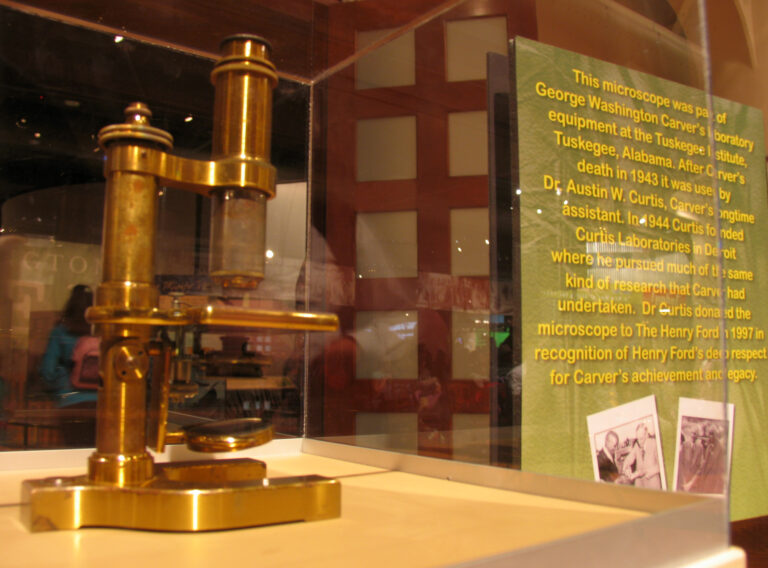
The scientist George Washington Carver (1864-1943) was trying to find ways to diversify southern agriculture. Long dependent on cotton, the South’s economy was threatened by the boll weevil and depleted soil. Carver showed that the neglected peanut, soybean, and sweet potato could produce hundreds of trade goods and replace soil minerals depleted by cotton. The…